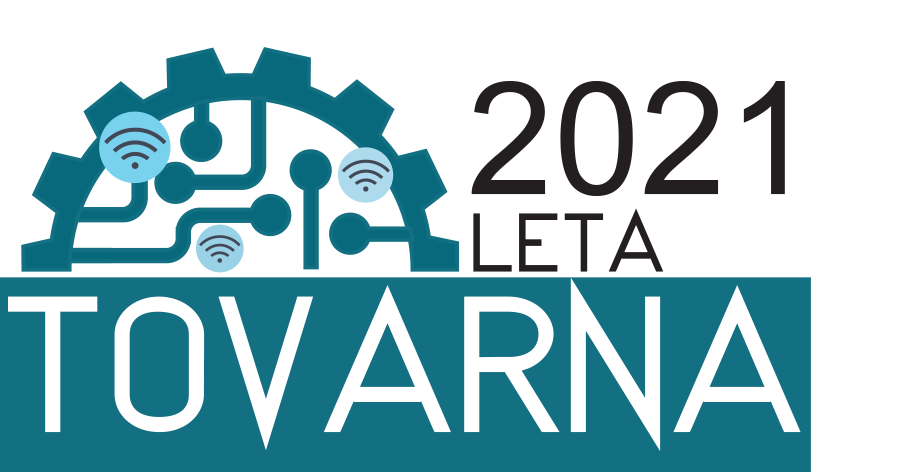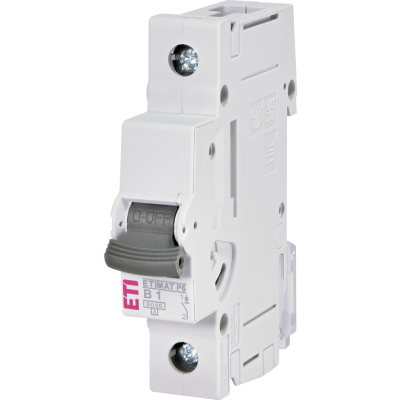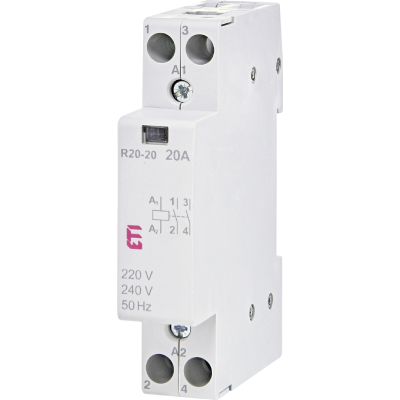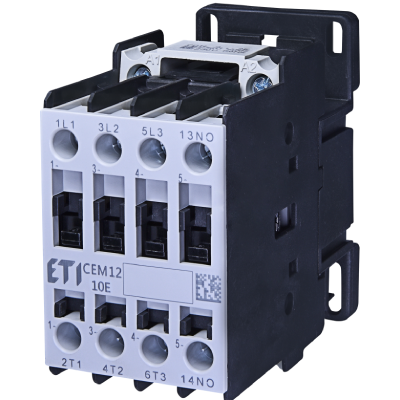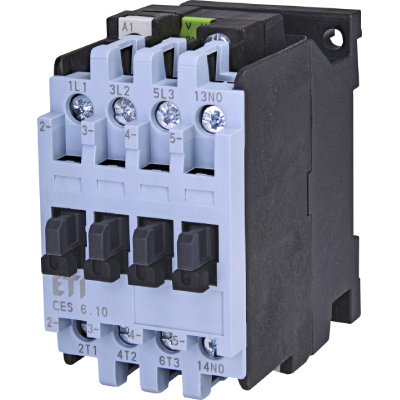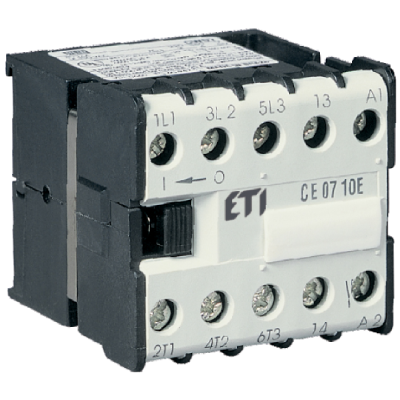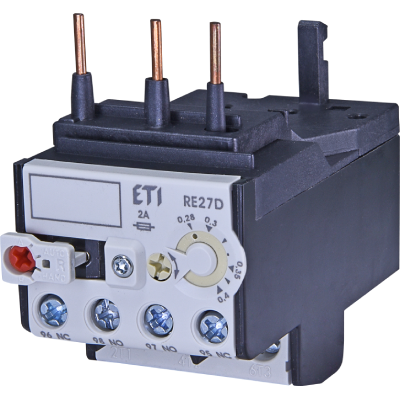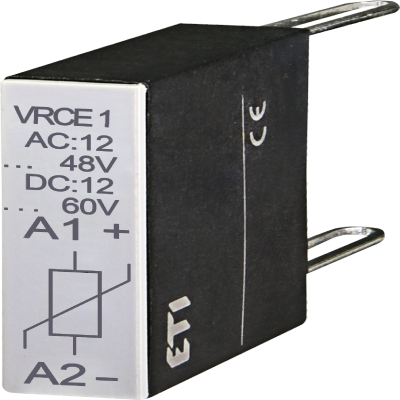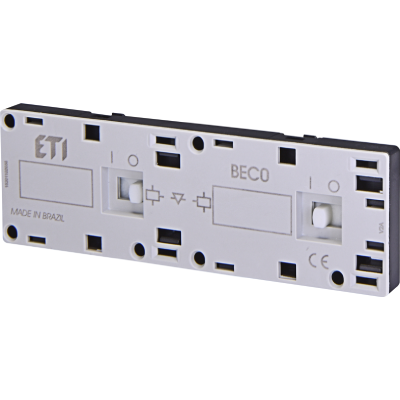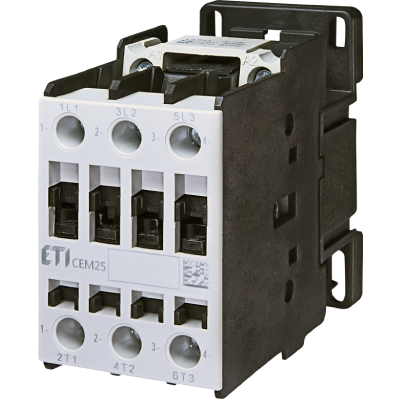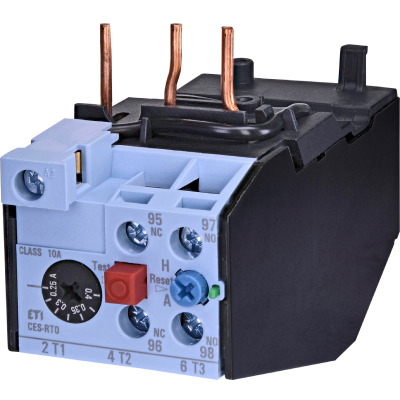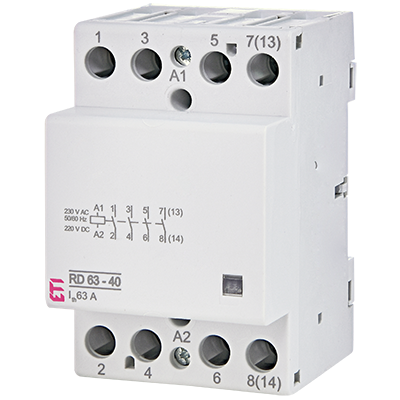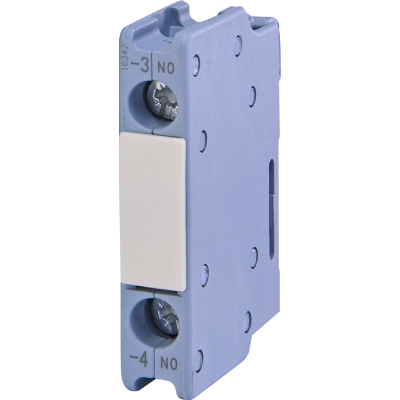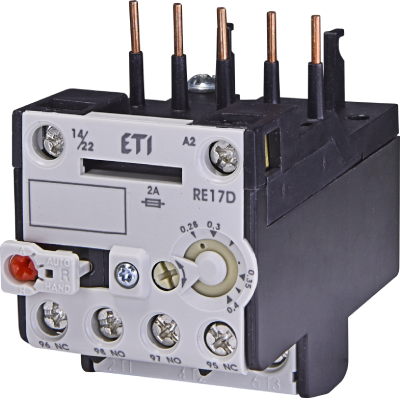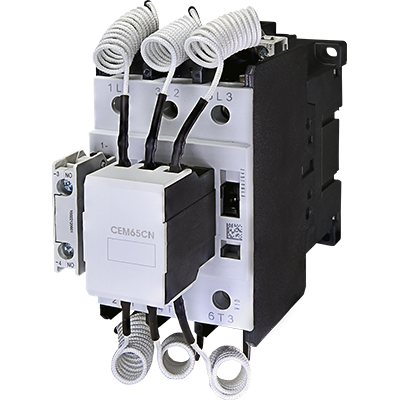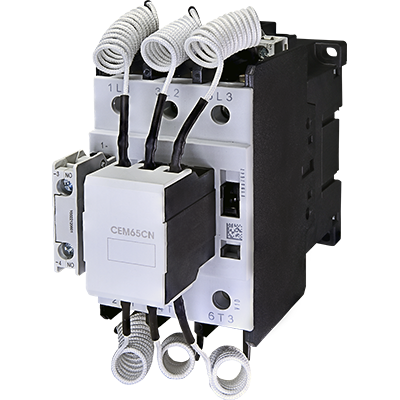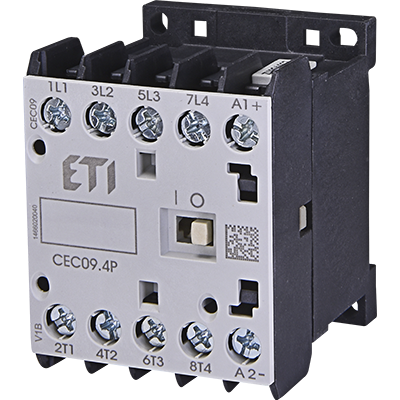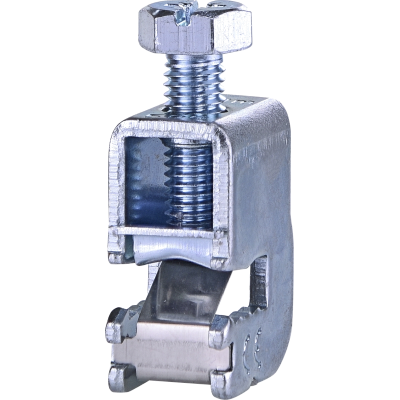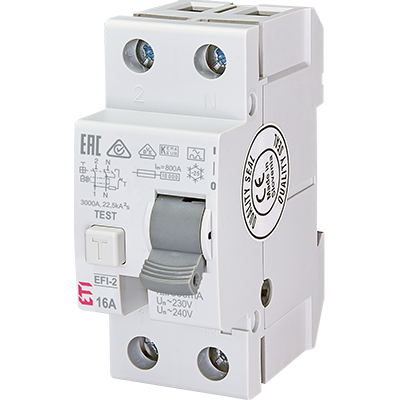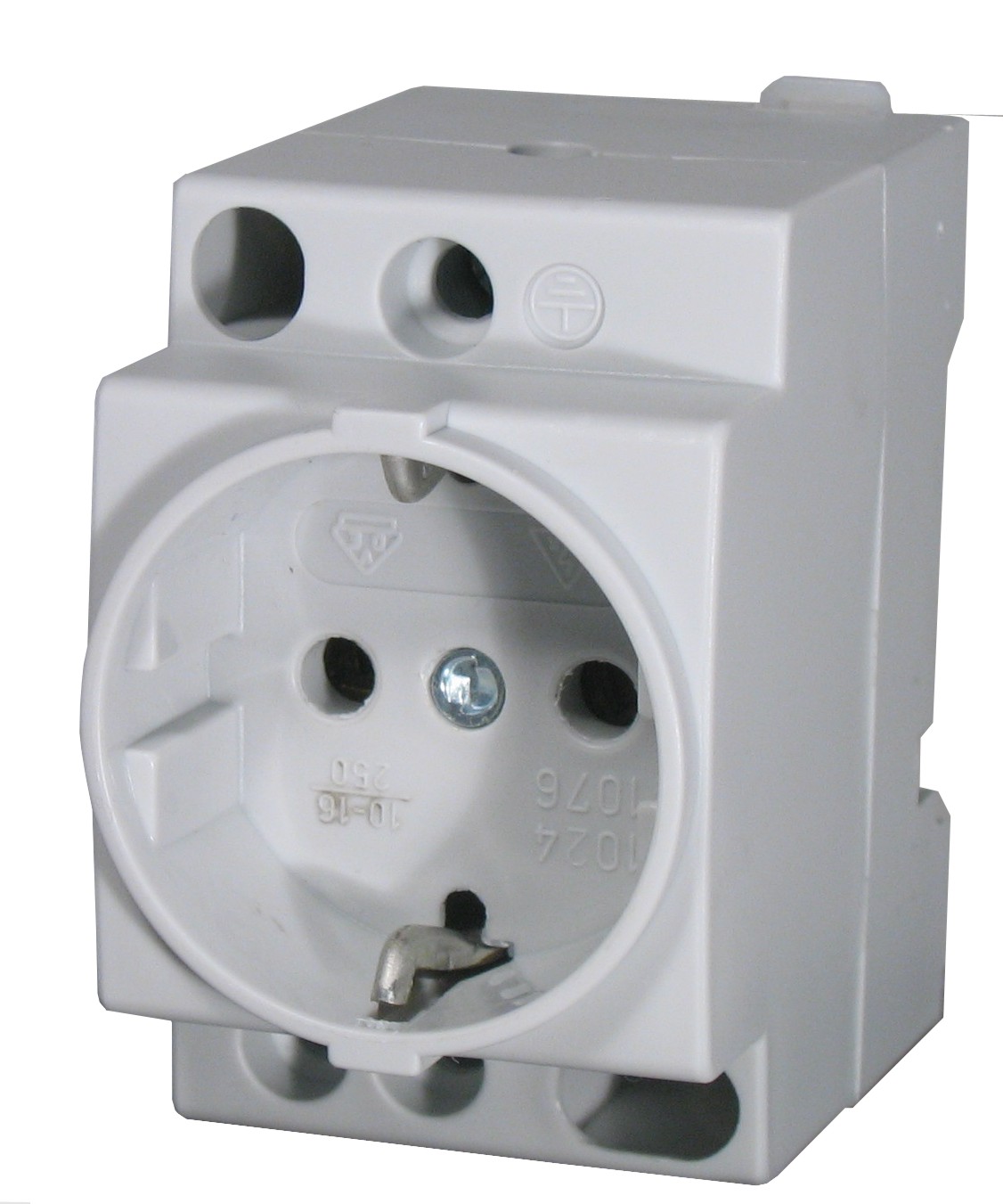E-mobility: Electric chargers
E-mobility is booming; alongside electric scooters and bikes, we are also seeing more and more electric cars. There are several types of hybrid electric vehicles on the market: hybrid electrical vehicles (HEVs), plug-in hybrid vehicles (PHEVs) and battery electric vehicles (BEVs).
| Aleksander Cilenšek Product manager |
Plug-in hybrids and battery electric vehicles are charged via Electric Vehicle Supply Equipment (EVSE). ETI has a growing number of customers, i.e. EV charging station manufacturers, who are also integrating our products. This product group includes EFI - residual current circuit breakers (pre-primarily type B and EV), residual current circuit breakers with integral overcurrent protection (KZS), miniature circuit breakers (ETIMAT), modular contactors (R and RD), surge protection devices (ETITEC), modular energy meters (ETIMETER), etc. There are also several types of chargers, depending on the charging method, speed and purpose. The characteristics and requirements to be taken into account for the construction of charging stations are very well described in the IEC 61851-1 standard: Electric vehicle conductive charging system - Part 1: General requirements.
The standard specifies the following charging methods:
Mode 1
is connecting the vehicle directly to a standard electrical socket. This is the most basic charging method, where there is no communication and no additional protection between the vehicle and the power socket. This method is even banned in many countries because of the potential hazards. Mode 1 is mainly used for charging light electric vehicles, not cars.
Mode 2
is an upgrade of Mode 1, where an interface is added between the vehicle and the power socket, which communicates with the vehicle and has built-in protection against electric shock. Usually, this interface is already available when you buy an electric car. This mode is more commonly used as a temporary charging method and in places where a more advanced charging method is not available.
Mode 3
is the most widely used AC (alternating current) charging mode and includes important safety and smart features such as a communication link between the electric vehicle and the charging equipment; this allows the charging power to be controlled during charging. The Type 2 plug cable is standard for Europe and is used for both single-phase and three-phase AC charging. Example B in the figure is for public AC charging points where the vehicle owner has his own charging cable with a type 2 plug on both sides, the charger itself has a type 2 socket with a lock. Example C, where the cable with plug is fixed to the charger itself, is used for individual home chargers, the so-called Wallbox.
Mode 4
is the fastest and the only one that works in DC (direct current) mode. In Europe, there are various plug and socket standards, notably the Japanese CHAdeMO and the European Combo 2 or CCS, which has been selected as the standard for use in public charging stations in the European Union. Newer DC chargers have connection capacities of up to 100kW, and in many cases the power grid itself does not provide sufficient power.
The power at which the charging station operates is limited both by the connected power (the main fuses) and by the other consumers connected at the same time, and by the maximum charging power that the electric vehicle can accommodate. In AC charging mode, most vehicles have a maximum charging power of 11kW, a few can charge up to 22kW, while in DC mode these powers are much higher – some vehicles can even charge up to 250kW – but it depends a lot on the battery temperature and the current state of charge. A cold battery can be damaged by high current, so some batteries also have a heating system built in for winter use. A fully discharged or nearly discharged battery should not be charged at full power.
To compare charging times, let's look at the example of a electric car, which has a battery capacity of 75kWh, assuming that we charge a completely empty battery at the same charging rate all the time. The fastest is of course the DC mode with 150kW of charging power, while the portable single phase charger (Mode 2) is the slowest of these modes.
Table 1: Comparison of times for different charging methods on the example of an electric vehicle with a capacity of 75 kWh
If we imagine using this electric car in everyday life, e.g. to commute to a workplace a little further away, Mode 2 is more useful as an exception, as charging is too slow. Meanwhile, Mode 3 (home charger) with 11kW is enough to charge even just during the lower tariff from 10 pm to 6 am. Even in Slovenia, most residential houses have a three-phase connection with 3x20A or 3x25A main fuses, so an 11 kilowatt domestic charger is sufficient to ensure that the system is not overloaded. Of course, in Mode 3 the charging current can be limited to lower values depending on the other electrical consumers in the house and the simultaneous operation of, for example, the heat pump.
In the next blog post, we will show you how a basic home charger (Wallbox, Mode 3) is built for home use, which are the basic and most necessary components inside, how it communicates with an electric vehicle and what a type 2 socket and plug look like.
Source (images):
https://www.allaboutcircuits.com/technical-articles/four-ev-charging-mo-des-iec61851-standard/

